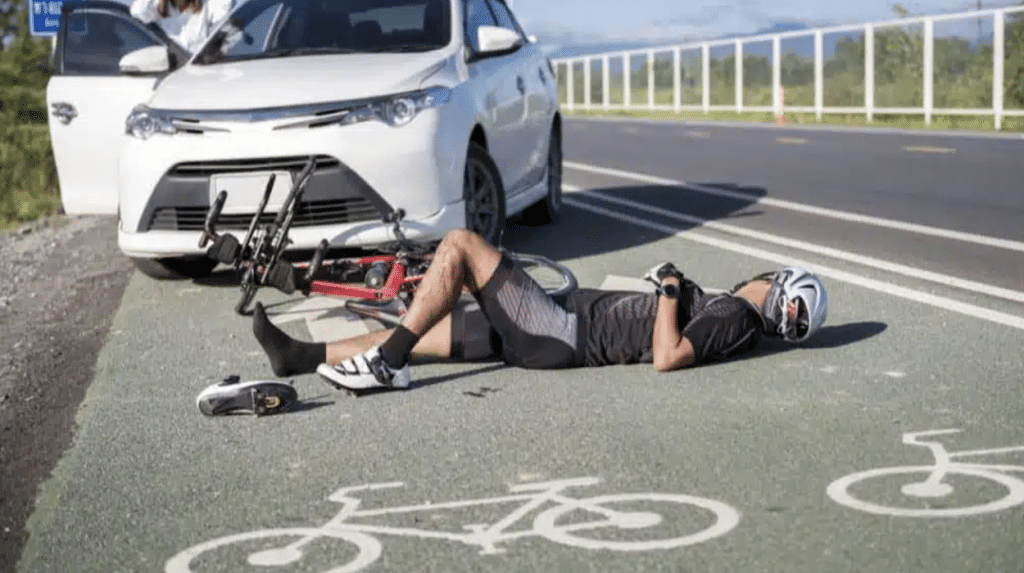Bicycling is a popular and eco-friendly means of transportation, promoting both health and sustainability. However, accidents can occur, and being prepared for the aftermath is crucial. There are an average of 1,000 deaths from bicycling accidents each year and a number of those require the help of a qualified bicycle accident attorney.
Whether it involves a collision with a vehicle or a solo fall, knowing the necessary steps can make a significant difference. In this guide, we’ll explore the essential actions to take after a bicycle accident, ensuring safety, gathering crucial information, and navigating post-accident procedures effectively.
Bicycle accidents can be emotionally charged events, necessitating a composed response to ensure the best possible outcome. The following steps provide a systematic approach to handling the aftermath of a bicycle accident, promoting personal safety, and safeguarding your interests.
Ensure Your Safety First
After an accident, the immediate concern is ensuring safety. If you can move, carefully guide yourself and your bicycle to a secure location away from traffic. This action not only prevents further harm but also ensures the safety of everyone involved. Once in a safe spot, assess injuries, both your own and those of others. In case of severe injuries, promptly call for emergency medical assistance.
It’s crucial to address even seemingly minor injuries promptly, as they may have implications that become apparent later. Additionally, contact the authorities, especially if the accident involves a collision with a vehicle or if there are injuries. Reporting the incident to the police establishes an official record, which can be invaluable for insurance claims and legal proceedings.
Gather Information
Information gathering is a vital step in the aftermath of a bicycle accident. Begin by exchanging contact information with all parties involved, including names, phone numbers, addresses, and insurance details. Make a note of the make and model of any vehicles involved, along with the driver’s license plate number if applicable.
If there are witnesses, collect their statements and contact information. Witnesses can provide valuable perspectives in case of disputes. Document the scene thoroughly by taking pictures with your smartphone or camera. Capture images of the accident scene, any damage to the bicycle, vehicles, and relevant road signs or signals. Visual evidence plays a crucial role in insurance claims and legal proceedings.
Contact Your Insurance Company
Once you’ve gathered the necessary information, promptly contact your insurance company to report the accident. Provide them with the details you’ve collected and follow their instructions for filing a claim. Timely reporting ensures a smoother claims process and a quicker resolution.
Seek Medical Attention
Even if injuries are not immediately apparent, it’s advisable to visit a healthcare professional for a comprehensive examination. Some injuries may manifest later, and having a medical record is essential for strengthening your insurance claim. Keep detailed records of all medical treatments, prescriptions, and expenses related to the accident.
Legal Considerations
If the accident involves significant injuries or property damage, consider consulting with a personal injury attorney. Legal guidance can be invaluable in understanding your rights and navigating the complexities of the legal process. Preserve all evidence related to the accident, including medical records, photographs, and correspondence with insurance companies. This evidence plays a crucial role in establishing liability and proving the extent of damages. Familiarize yourself with your rights as a cyclist, including local traffic laws and regulations. This knowledge empowers you in the aftermath of an accident, enabling you to make informed decisions about your next steps.
Final Thoughts
Being involved in a bicycle accident can be a harrowing experience, but taking the right steps in the aftermath is crucial for your safety, well-being, and potential legal proceedings. By following the outlined steps, you can navigate the post-accident process more effectively, ensuring that you prioritize safety, gather essential information, and handle the necessary procedures with clarity.
Remember that safety should always be the top priority. Moving to a secure location, assessing injuries, and contacting the authorities are immediate actions that can significantly impact the outcome of the situation. Swiftly exchanging information with all parties involved, gathering witness statements, and documenting the scene provide a solid foundation for insurance claims and potential legal actions.


